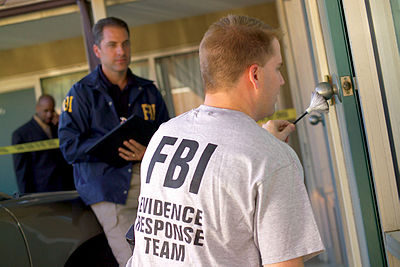RPL Evidence
Contents
Evidence - What is it?
Proof of knowledge and competence
“‘Evidence’ is the term used to describe the proof that you will present that you really know and can do what you claim. There are many different kinds of evidence and you will want to make sure that the evidence you use to prove your competence really does just that” (Simosko,1992, p65).
Two categories of evidence
Evidence is generally divided into 2 main categories:
Direct and Indirect Evidence
Direct evidence includes anything that you yourself have produced. Some examples include reports you may have written, garments you may have sewn, drawings you may have created, engines you may have repaired, spreadsheets you have produced – anything that is the direct result of your effort.
Indirect evidence includes anything about you that tells or describes what you have done. Some examples include newspaper articles about your accomplishments, letters from past or current employers or associates, photographs of a piece of furniture (or anything else) you may have built, certificates from previous training courses, etc.
- (Simosko, S. 1992. p65-66.).
Key Principles to determining evidence
There are 4 essential key principles in deciding on appropriate evidence to be used when assessing prior learning.
- Relevance
- Currency
- Sufficiency
- Authenticity
Relevance How clearly does your evidence link to the learning outcomes or required standards that are being demonstrated?
Currency Is the evidence supplied recently applicable to your skills and knowledge. The learning may have occurred a long time ago but are the skills and knowledge being currently maintained by the candidate seeking RPL.
Sufficiency Is there enough evidence of prior learning without being too much to overwhelm the assessor? Also required is a variety of evidence to demonstrate the learning.
Authenticity It needs to be clear beyond a reasonable doubt that the evidence presented is that of the candidates learning, knowledge and skills and not someone else’s work.
- (Simosko, 1992)
Simosko’s book referenced below offers excellent examples of the above key principles on pages 65 to 68.
Type and nature of evidence
The requirements of the qualification being sought tend to determine the type and nature of evidence that is required. As mentioned above the relevance of the evidence to the learning outcomes or expected standards of a qualification is key to choosing which evidence will be presented.
This evidence of prior learning may come in a wide variety of forms:
- work records
- skill validations
- performance appraisals
- training records
- certificates of attendance/achievement
- course outlines
- content descriptions
- course assessments
- practice-based documents
- reports on observations of practice
- video/audio tapes, with commentary and analysis related to achievement of learning outcomes
- analytic and evaluative description of practice
- statements from supervisors in relation to aspects of practice
- verified attestations
- authentic artifacts
- endorsed photos of work produced
- references/letters from previous employers
- industry awards
- physical demonstration of a skill
- third party attestations
- challenge tests
| Explore more widely and see what other forms of evidence that you can add to this list.
Also refer to chapter 3 in the NZQA booklet Learning and Assessment for thoughts on sources of evidence and how they are used.
|
|
Remember to submit an excerpt from your exploration around this module. Send this directly to Heather. Critically consider the process of assessing for prior learning from the perspective of a lecturer in an assessor or facilitator role, exploring the following areas:
NB: Critical discussion involves a depth of thought that considers and debates a variety of perspectives including your own. Critical in this sense refers to reviewing, analysing and evaluating in depth; it does not mean focusing on negativity. It is possible to critically discuss and still totally agree with a particular perspective. |
References
New Zealand Qualifications Authority.(2001).Learning and Assessment. A guide to assessment for the National Qualifications Framework. Retrieved from http://www.nzqa.govt.nz/assets/Providers-and-partners/Assessment-and-moderation/Assessment-of-standards/learningassessment.pdf
Simosko, S. (1992).Get qualifications for what you know and can do: A personal guide to APL. London: Kogan Page.

